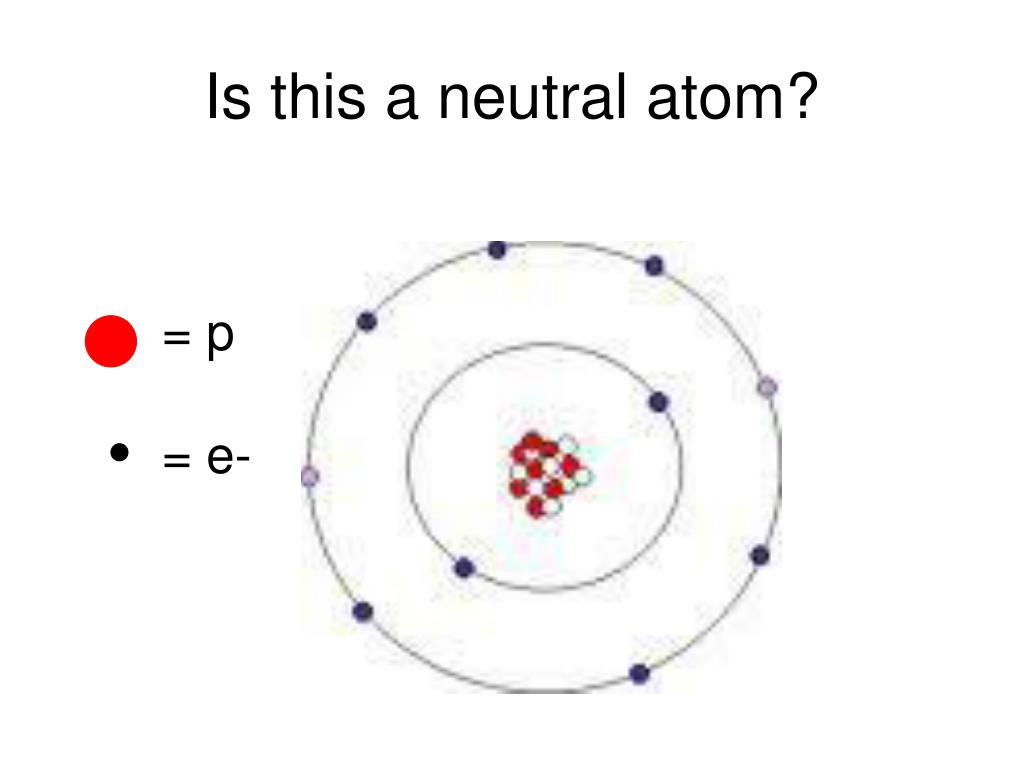

“One major advantage of the technique is that physicists can combine multiple types of tweezers, some of which can move around quickly - with the atoms they carry…This makes the technique more flexible than other platforms such as superconductors, in which each qubit can interact only with its direct neighbors on the chip. This report describes progress in designing a neutral atom trap capable of trapping sub millikelvin atom in a magnetic trap and shuttling the atoms across. This can create arrays of hundreds of tweezers, each trapping their own atom,” reported Nature. “To assemble multiple qubits, physicists split a single laser beam into many, for example by passing it through a screen made of liquid crystals. For comparison, the average coherence time for IBM’s quantum chips is around 300 microseconds. QuEra claims that they have at times achieved coherence times of more than 1 second (coherence time is how long the qubits retain their quantum properties). The company says that it can pack thousands of laser-trapped atoms in a square millimeter in flexible configurations. Lasers also act as “optical tweezers” for individual atoms, holding them in place and reducing their movement, which cools them down and makes them easier to work with. In their excited states, atoms can interact with other atoms close by. Two of these levels can be isolated, and labeled as the 0 and 1 values for the qubit. To get the atom to carry quantum information, researchers will shine a laser at it to excite it to different energy levels. Rubidium appears on the periodic table as one of the alkaline metals, with the atomic number 37. QuEra, for example, uses rubidium atoms as qubits. Lasers in the prototype of Atom Computing’s neutral atom quantum computer. The difference between the neutron number and the atomic number is known as the neutron excess: D N Z A 2Z.
Neutral atom plus#
Neutron number plus atomic number equals atomic mass number: N+ZA. This is the first sale of a digital quantum computer based on neutral atoms in Europe. The total number of neutrons in the nucleus of an atom is called the neutron number of the atom and is given the symbol N. So, how long qubits can stay in this quantum state currently sets the limit on the calculations that can be performed. The 100-qubit system will be installed at the DLR Innovation Center in Ulm. By definition, an ion is an electrically charged particle produced by either removing electrons from a neutral atom to give a positive ion or adding electrons to a neutral atom to give a negative ion. But in reality, the unique state that qubits attain is hard to maintain, and once the state is lost, so is the information carried in these qubits. Atoms are neutral they contain the same number of protons as electrons. In theory, this quality allows qubits to perform more complex calculations compared to bits. To exhibit these quantum properties, objects have to be either very small or very cold. But instead of storing either on-or-off states like bits (the famous 1 or 0), qubits store waveforms, which allows them to have a value of 1, 0, or a combination of the two. To back up a moment to the fundamental design of quantum computers, think of qubits as the quantum equivalent of the binary bits contained in classical computers. Several companies are betting that there’s a better way to create the basic unit of a quantum computer, the qubit, than the leading method being pursued by giants like IBM and Google. It's thought that another one of these magic numbers lies just beyond the range of currently known elements, which means we could potentially discover some new elements that are relatively stable and extremely massive.There’s a twist in the race to build a practical quantum computer.

There are believed to be certain numbers/ratios that are inherently more stable. Hence, larger atoms become more unstable. Energetic neutral atoms (ENAs) are generated during the charge exchange between energetic trapped, singly charged ions, and ambient cold neutral atoms and. The ratio of neutrons to protons gradually increases to try to compensate, but this results in the neutrons getting more unstable themselves, resulting in more opportunity for weak forces to destabilize them. With all of that to consider, as you get larger and larger nuclei with more protons, the electromagnetic forces increase, as well as the distances in the nuclei, putting more strain on the nuclear forces holding it all together. What is a neutron in chemistry A neutron is one of the three subatomic particles that make up an atom. Neutrons will help add to this nuclear force, but they tend to become unstable when they get into too great of concentration and the weak force will cause them to decay into protons. Fusion allows these protons to get close enough together for the stronger, yet short ranged, nuclear force to overpower the electromagnetic force. The electromagnetic force of the protons wants to push them away from each other. There are several forces at work inside the nuclei of atoms.


 0 kommentar(er)
0 kommentar(er)
